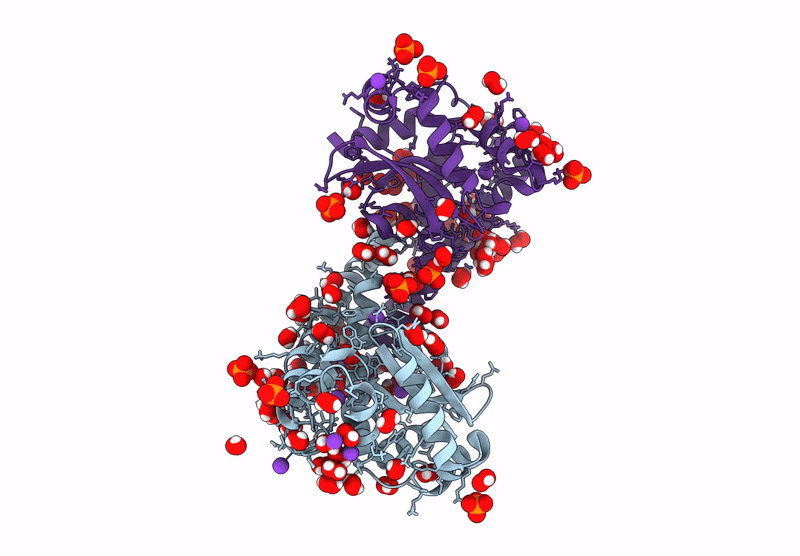
Deposition Date
2025-03-17
Release Date
2025-08-27
Last Version Date
2025-11-12
Entry Detail
PDB ID:
9NSJ
Keywords:
Title:
Finding the exit route of hydrogen peroxide from the manganese superoxide dismutase (MnSOD) active site
Biological Source:
Source Organism:
Escherichia coli (Taxon ID: 562)
Host Organism:
Method Details:
Experimental Method:
Resolution:
1.33 Å
R-Value Free:
0.19
R-Value Work:
0.16
R-Value Observed:
0.16
Space Group:
P 61 2 2


